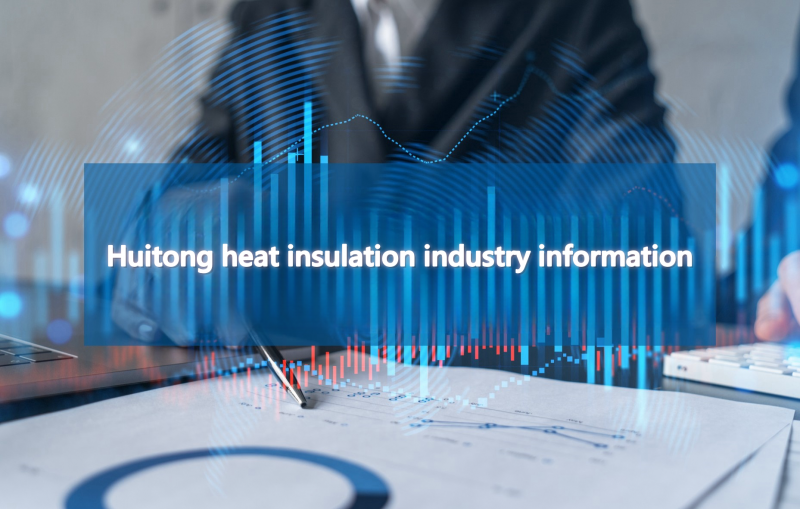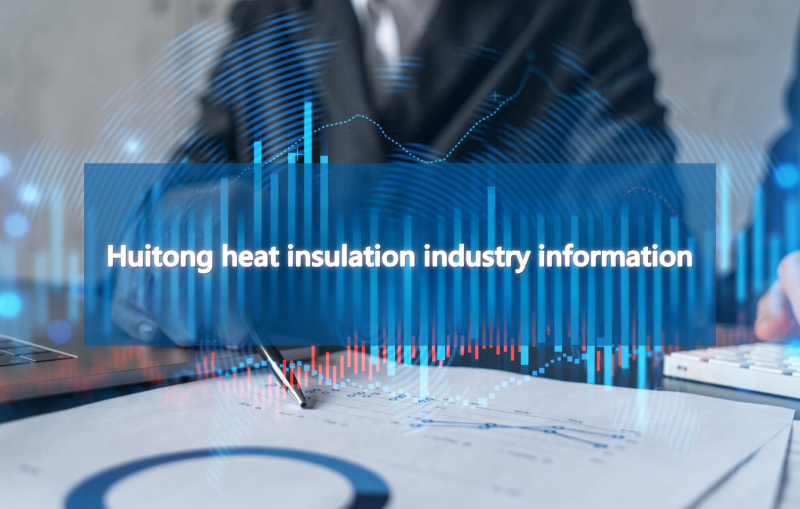Construction Precautions for Foam Glass Boards
1. The teams conducting on-site construction and the personnel involved must hold valid certifications, undergo training before starting work, and maintain strict production awareness to ensure quality.
2. Foam glass board external wall insulation construction must take fire precautions to eliminate hazards at the earliest stage.
3. The material management responsible person must strictly control all types of external wall insulation materials entering the site.
4. The team responsible for the on-site construction of foam glass boards must formulate a detailed construction process plan and technical requirements. At least one week before the construction of external wall insulation, the technical head of the construction team must thoroughly train the on-site workers in both ** construction techniques and provide the client with a detailed technical disclosure plan, ensuring workers understand the technical requirements and strictly follow regulations during construction.
5. During construction of thin plaster external wall insulation for foam glass boards, the Beijing External Wall Insulation Engineering Association recommends proceeding after the base wall has been verified and accepted by the Quality Supervision Bureau.
6. During construction, the seams of the external wall insulation system must be properly sealed. Corners and other areas should receive special treatment to prevent deformation.
7. Pay attention to the impact of weather during construction; work is generally permitted only under low humidity conditions. If humidity is excessive, a primer must be applied to the base surface.








